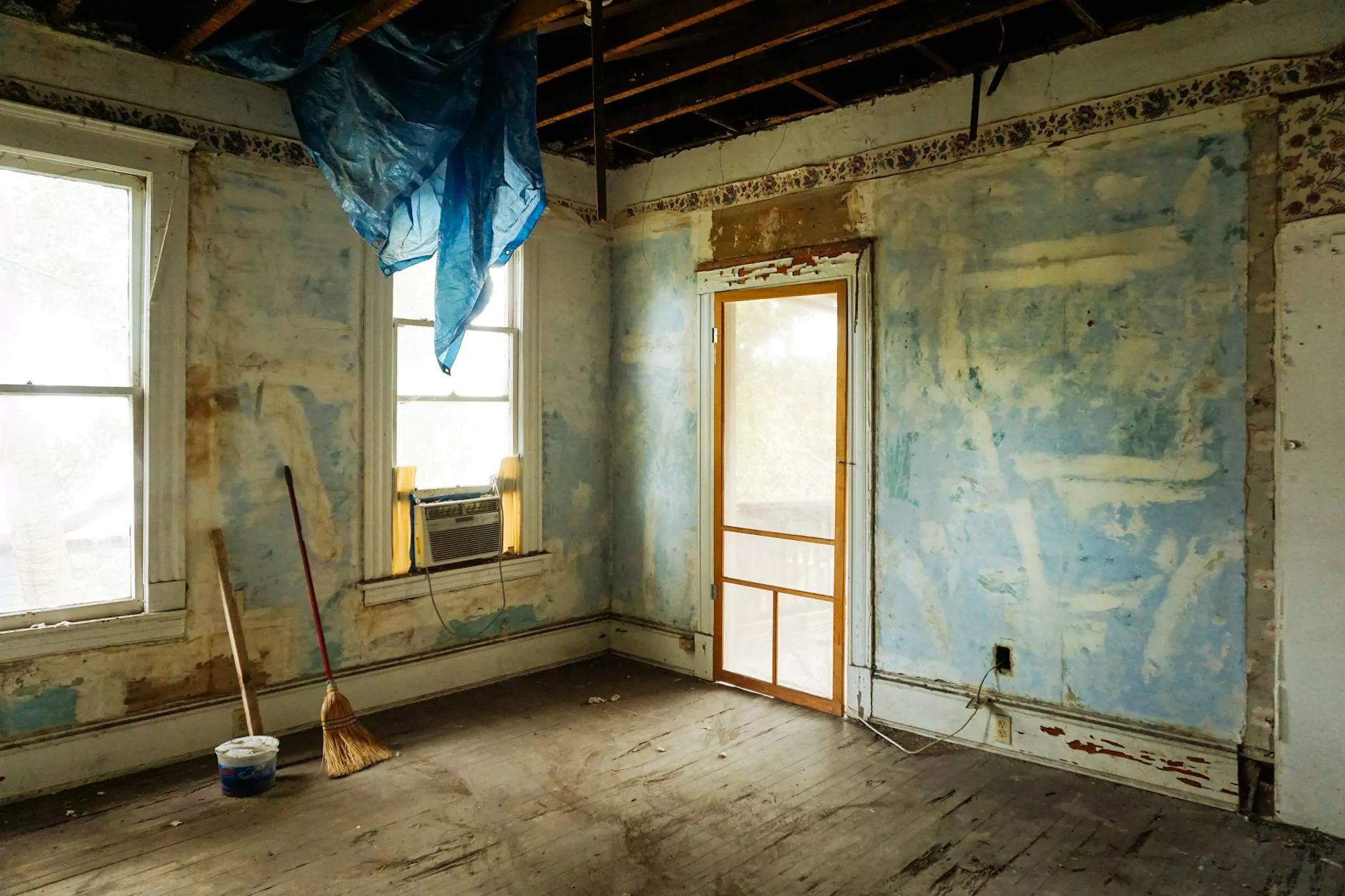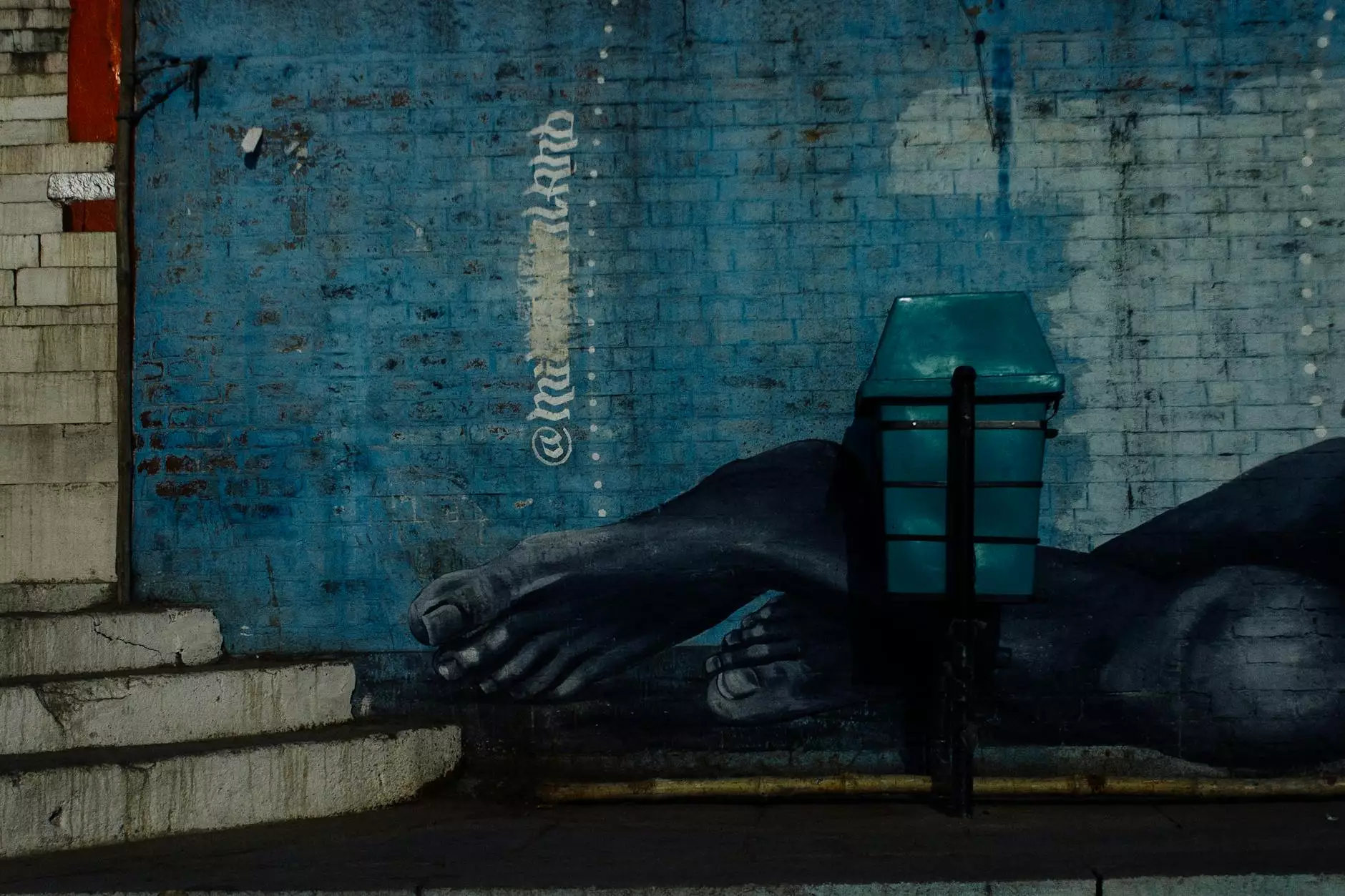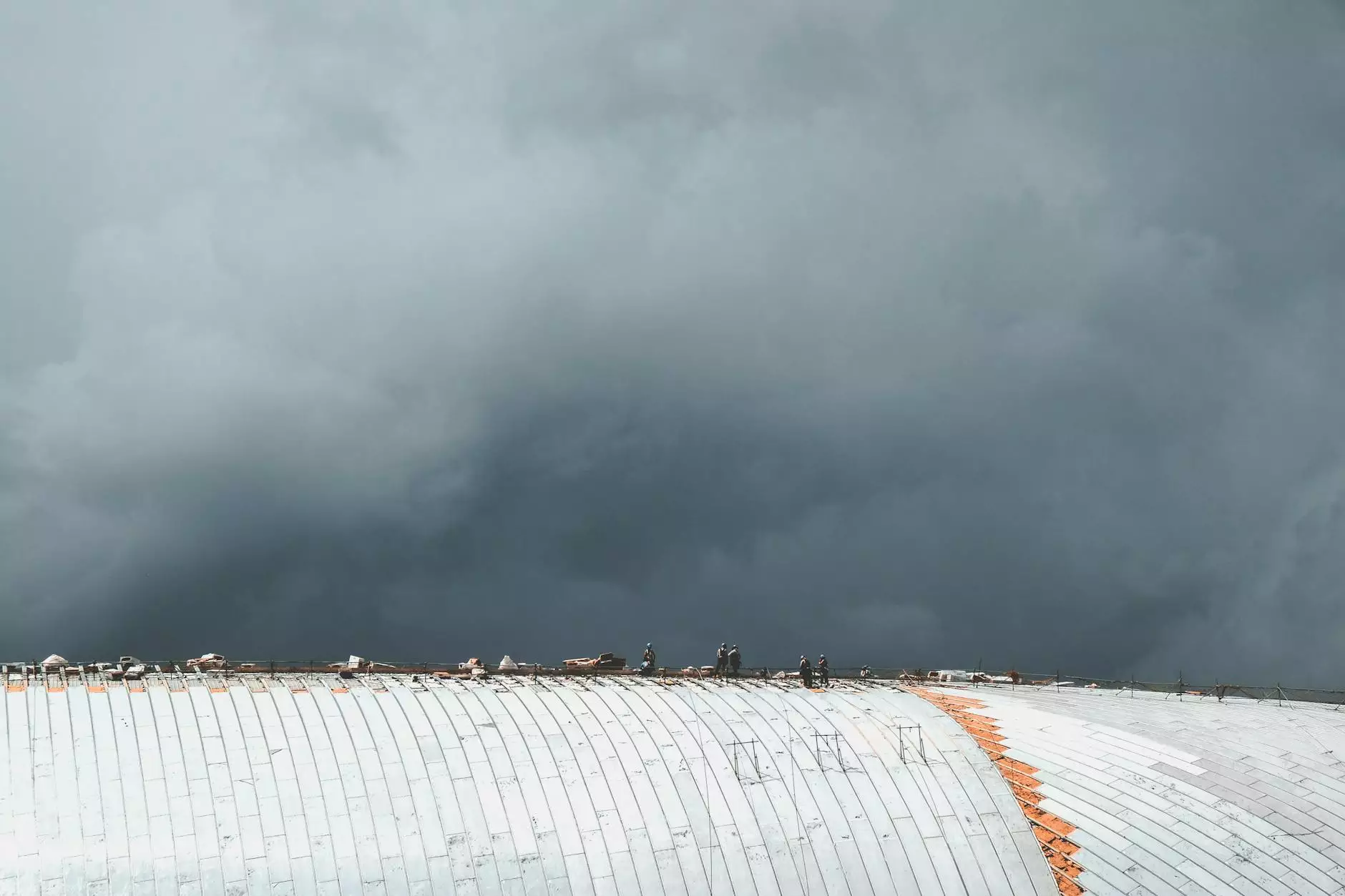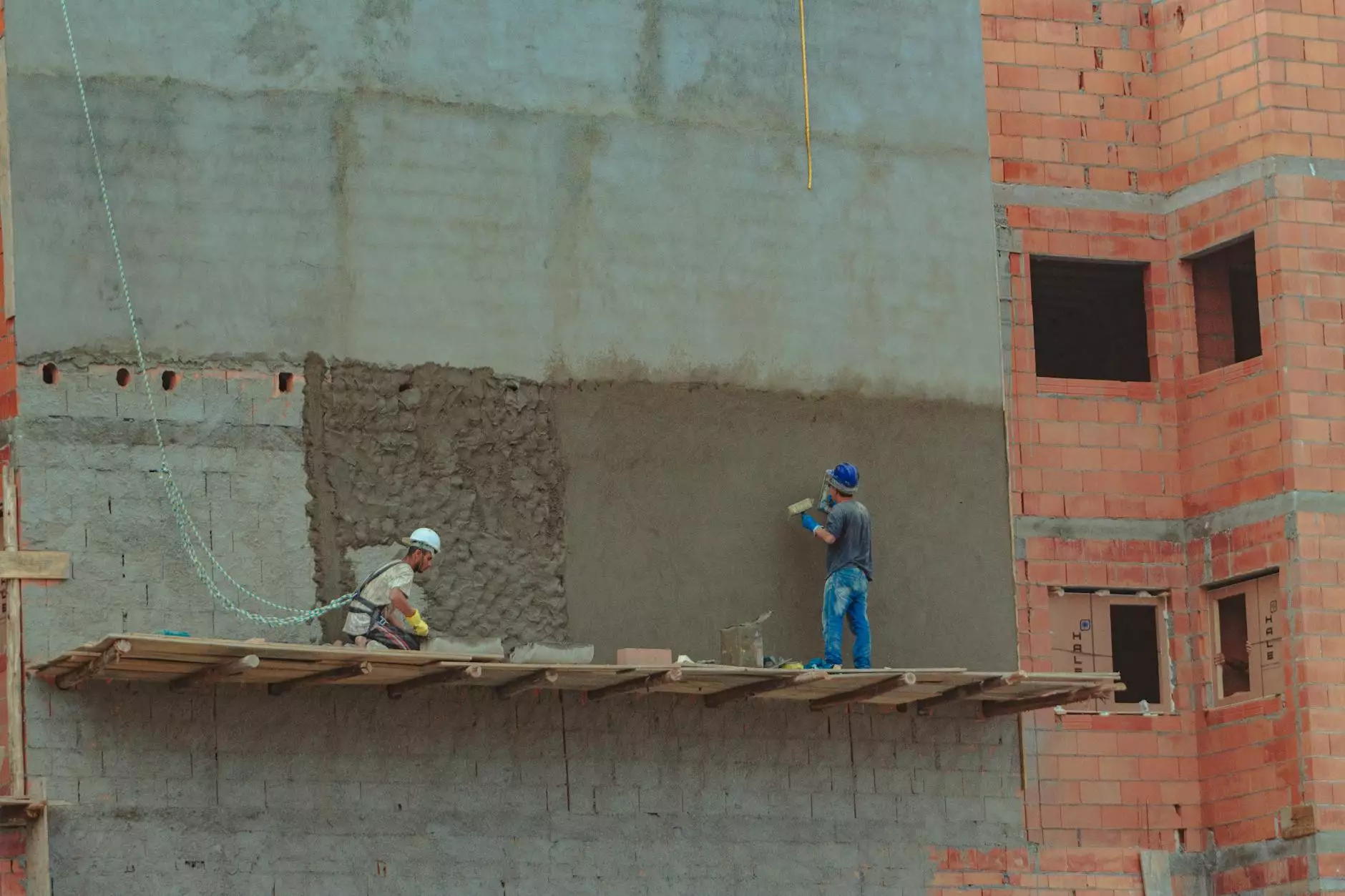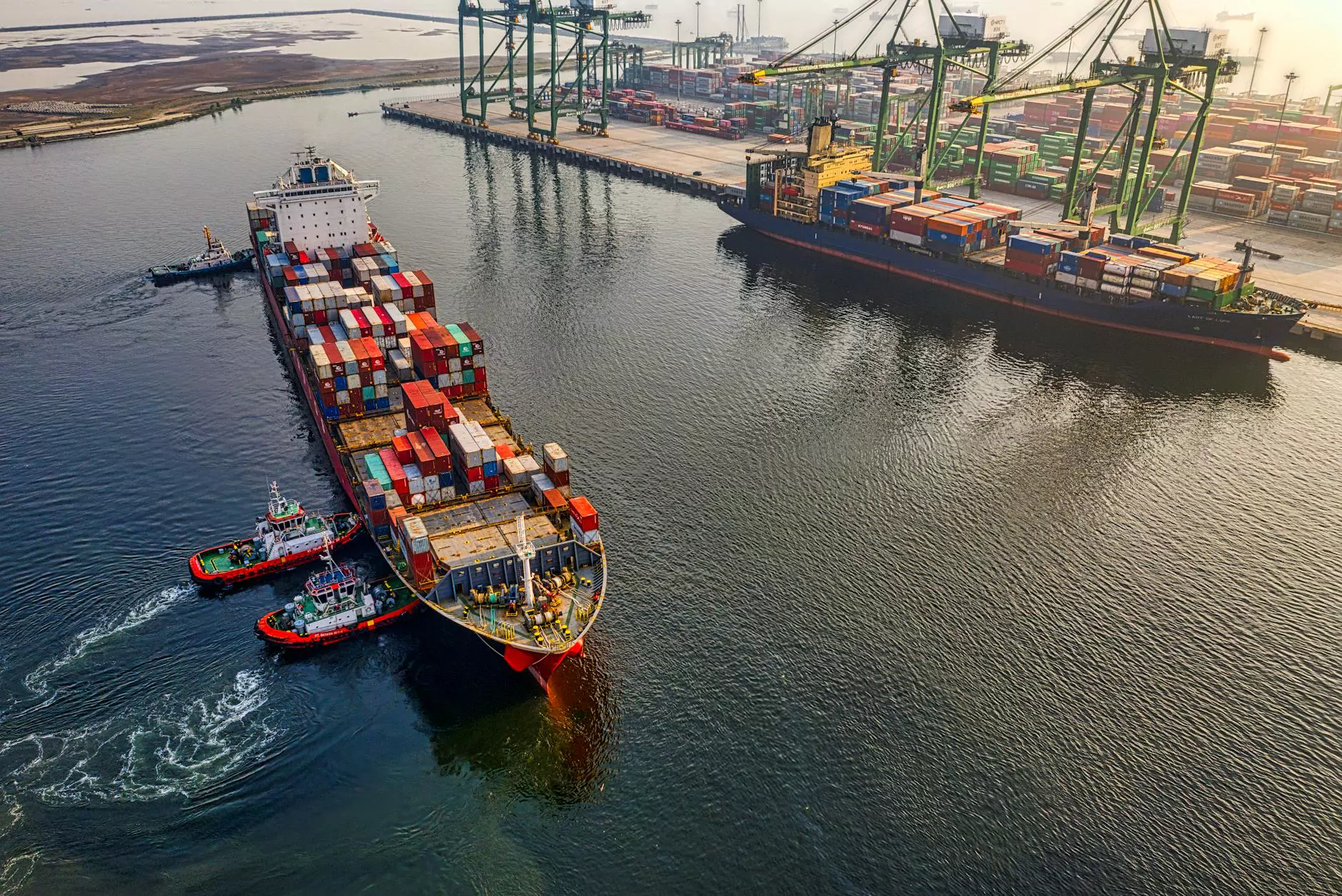Choosing The Best Fall Protection Equipment For Height Access Projects

Introduction
When it comes to height access projects, ensuring the safety of workers is of utmost importance. Fall protection equipment plays a critical role in preventing accidents and keeping workers safe at elevated worksites. In this comprehensive guide, we will explore the various factors to consider when choosing the best fall protection equipment for your project needs.
The Importance of Fall Protection
Falls from heights are a leading cause of serious injuries and fatalities in the construction and industrial sectors. That's why having reliable fall protection equipment is crucial to protect workers and comply with safety regulations. By investing in high-quality fall protection systems, you can minimize the risk of accidents and provide a secure working environment for your team.
Types of Fall Protection Equipment
1. Safety Harnesses - Safety harnesses are a fundamental component of fall protection systems. They are designed to distribute the forces of a fall across the strongest parts of the body, reducing the risk of injury.
2. Fall Arrest Systems - Fall arrest systems include components such as anchor points, lanyards, and shock absorbers. These systems are designed to stop a fall before the worker hits the ground, minimizing the impact force.
3. Safety Nets - Safety nets act as a passive fall protection measure and are typically used in construction projects. They are designed to catch and cushion a falling worker, preventing injury.
4. Guardrails - Guardrails provide a physical barrier along edges, platforms, and roofs to prevent falls. They are a simple yet effective way to ensure worker safety.
Factors to Consider When Choosing Fall Protection Equipment
1. Project Requirements - Assess the height, layout, and specific needs of your project. Different projects may require different types of fall protection equipment.
2. Compliance with Regulations - Ensure that the equipment you choose complies with relevant safety regulations and industry standards.
3. Durability and Quality - Look for fall protection equipment that is built to withstand harsh conditions and has a proven track record of durability.
4. Customization and Adaptability - Consider equipment that can be easily adjusted and modified to suit changing project requirements.
5. Training and Support - Ensure that proper training and support are available for the installation, use, and maintenance of the fall protection equipment.
Choosing a Reliable Supplier
When it comes to fall protection equipment, choosing a reliable supplier is essential. Here are some key points to consider:
- Experience and Reputation - Look for suppliers with a proven track record in providing high-quality fall protection solutions.
- Product Range - Ensure that the supplier offers a comprehensive range of fall protection equipment suitable for your project requirements.
- Certifications and Testing - Check if the supplier's products are tested and certified by relevant safety authorities.
- Customer Reviews - Read customer reviews and testimonials to gauge the supplier's reputation for quality and customer service.
- After-Sales Support - Inquire about the supplier's after-sales support, including warranty, maintenance, and replacement parts availability.
Conclusion
Choosing the best fall protection equipment for height access projects is a critical decision that should not be taken lightly. By considering the factors mentioned in this guide and working with a reliable supplier, you can ensure the safety of your workers and the success of your project. Invest in high-quality fall protection equipment and prioritize the well-being of your team.

